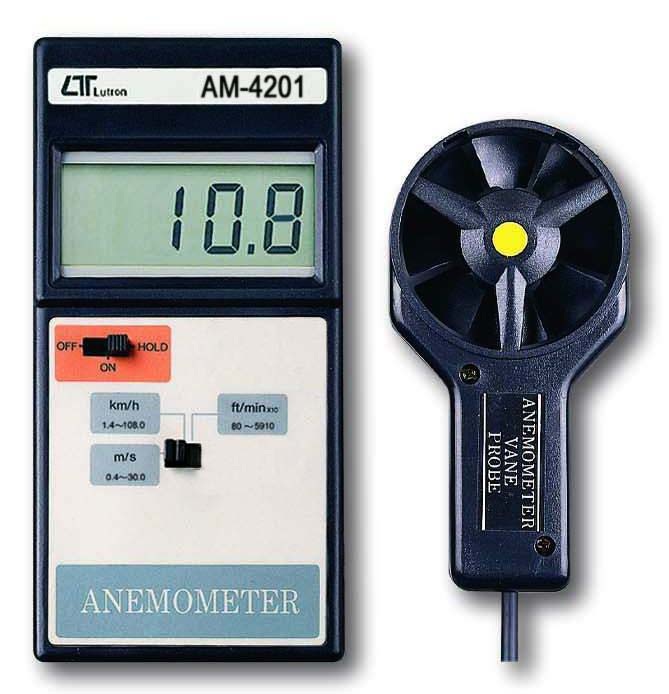Anemometers Introduced: Understanding Their Significance in Ecological Monitoring and Safety Measures
The duty of anemometers in ecological surveillance and safety and security procedures is usually undervalued, yet their importance is indisputable. From meteorology to aeronautics security, anemometers play a vital function in giving precise data that informs decision-making processes and improves total safety and security.
History of Anemometers
The advancement of anemometers can be traced back to the ancient people where rudimentary wind gauging gadgets were initial made use of. These early wind measurement tools laid the foundation for the advancement of more advanced anemometers with time. One of the earliest well-known anemometers was the hemispherical mug anemometer designed by Leon Battista Alberti in the 15th century. This style consisted of 4 hemispherical mugs that accumulated wind power, offering a dimension of its intensity based upon the speed of turning.
In the 18th century, the popular researcher John Thomas Romney Robinson presented the Robinson anemometer, which featured four hemispherical mugs mounted on horizontal arms that extended from a central axis. This layout came to be a criterion in atmospheric measurements because of its precision and reliability. For many years, developments in technology led to the development of even more contemporary anemometers, including ultrasonic anemometers and laser Doppler anemometers, using enhanced precision and efficiency in determining wind speed and direction. The background of anemometers showcases an impressive trip of innovation and progress in the field of meteorology.
Types of Anemometers
Throughout the field of weather forecasting, various kinds of anemometers have been established to properly gauge wind rate and instructions. Sonic anemometers utilize ultrasonic signals to measure wind rate and direction accurately. Hot-wire anemometers operate based on the concept that the cooling impact of wind on a heated cord is symmetrical to the wind rate.
Applications in Meteorology
Having discussed the various sorts of anemometers made use of in meteorology for determining wind speed and instructions, it is necessary to discover their functional applications in the field. Anemometers play an important role in meteorology by supplying real-time and exact data on wind problems (anemometer). Meteorologists make use of anemometers to monitor wind rate and direction to forecast weather condition patterns, issue warnings for serious weather condition occasions like cyclones, hurricanes, and storms, and evaluate climatic problems for aeronautics security
In weather forecasting, anemometers assist in understanding local and regional wind patterns, which are crucial for anticipating weather condition adjustments and establishing climatic fads. These devices are additionally used in research to examine microclimates, city warm islands, and air contamination dispersion. In addition, anemometers are employed in farming to optimize plant management techniques, such as irrigation and pesticide application, based on wind problems.
Value in Aeronautics Security
An important aspect of guaranteeing aviation security hinges on the thorough surveillance of wind conditions making use read review of anemometers. Anemometers play an essential duty in aeronautics by giving real-time information on wind rate and direction, assisting pilots in making informed choices throughout take-off, flight, and touchdown. Strong and uncertain winds can dramatically impact airplane procedures, making it important for air travel authorities to rely on accurate wind dimensions to guarantee the safety of guests and team.

In the vibrant setting of aeronautics, where also small adjustments in wind speed and direction can have extensive results, anemometers stand as important devices for advertising secure and secure flight.
Duty in Environmental Study
Anemometers play an essential duty in ecological study by supplying vital information on wind speed and direction. By precisely determining wind features, anemometers aid researchers examine the movement of contaminants in the air, examine the influence of commercial discharges, and anticipate the spread of impurities in the setting.
:max_bytes(150000):strip_icc()/GettyImages-186864034-58e3355e5f9b58ef7e576b44.jpg)

Verdict
In final thought, anemometers have played an important role in environmental monitoring and safety and security measures. Recognizing the relevance of anemometers is vital for properly determining wind speed and direction, which is vital for anticipating climate patterns, ensuring safe air travel procedures, and conducting ecological research studies.
One of the earliest known anemometers was the hemispherical cup anemometer invented by Leon Battista Alberti in the 15th century. Over the years, advancements in innovation led to the development of even more contemporary anemometers, including ultrasonic anemometers and laser Doppler anemometers, offering boosted accuracy and efficiency in gauging wind speed and direction. Hot-wire anemometers operate based on the principle that the cooling effect of wind on a warmed cable is symmetrical to the wind speed. Meteorologists make use of anemometers to keep track of wind speed and direction to forecast climate patterns, concern cautions for extreme weather condition occasions like storms, typhoons, and tornadoes, and examine atmospheric conditions for aeronautics safety and security.
Understanding the significance of anemometers is necessary for precisely determining wind speed and direction, which is essential click here to find out more for forecasting weather patterns, making sure secure aviation procedures, and carrying out environmental studies. (anemometer)